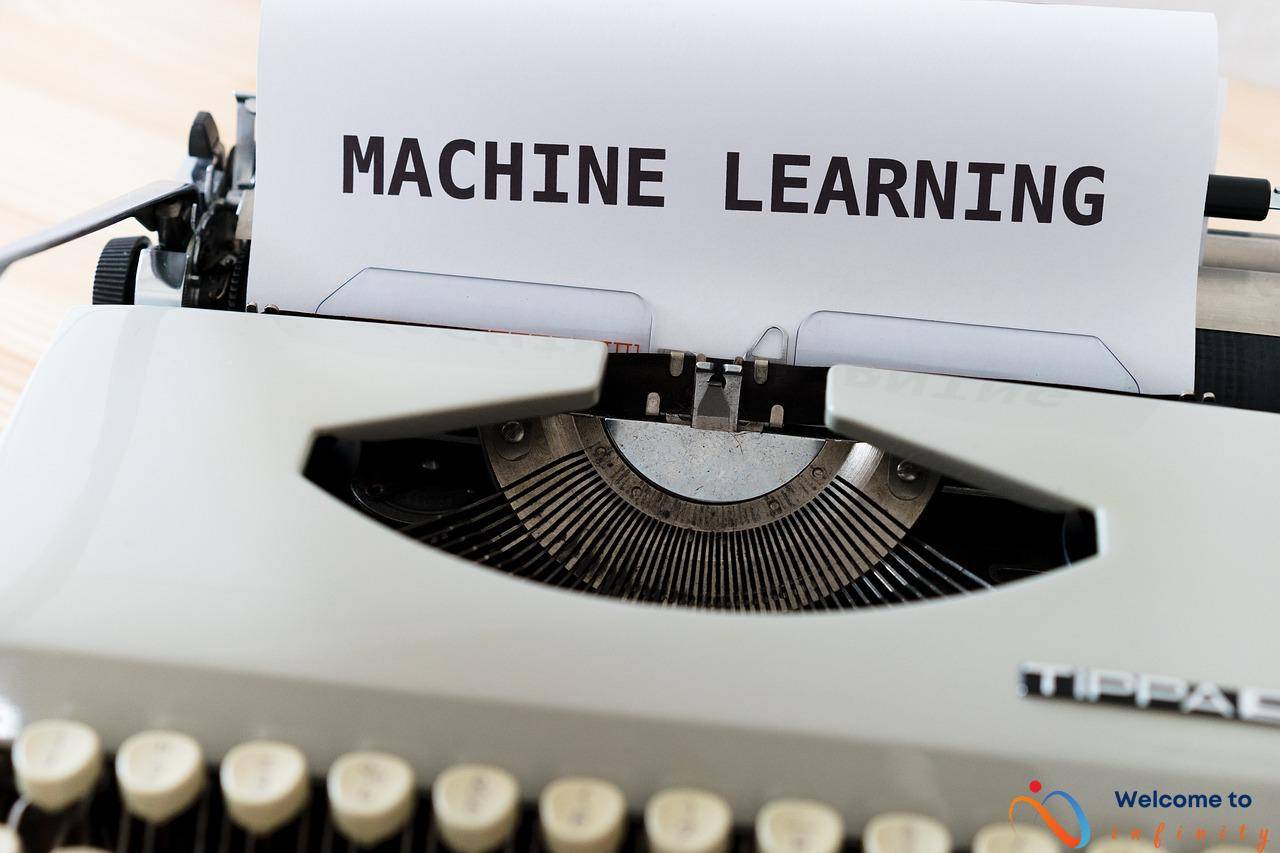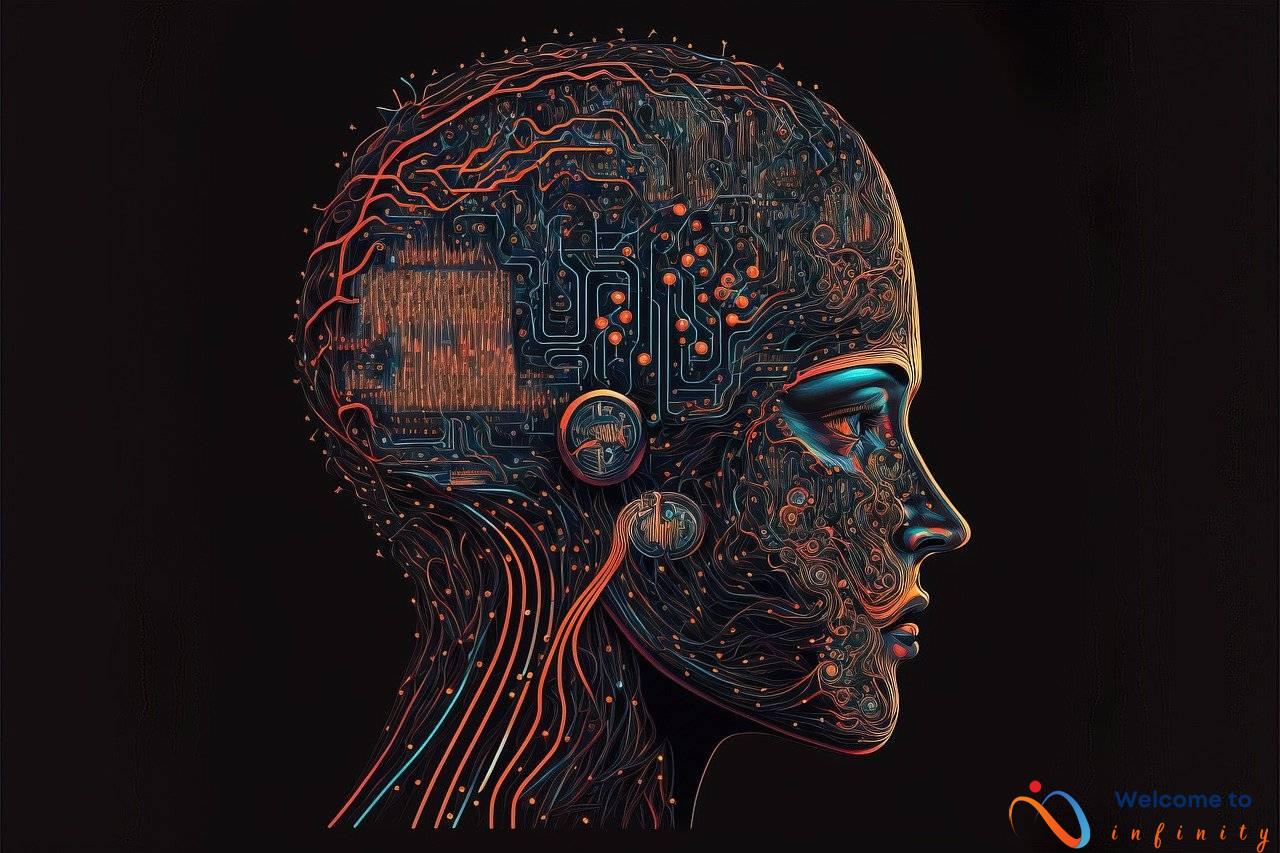The integration of artificial intelligence (AI) in architecture and design is driving a significant transformation in the way buildings are constructed and maintained. AI is being used to optimize building performance and reduce costs in several areas, including energy efficiency and building automation.
AI technology is being used to design buildings that consume less energy by analyzing various factors such as the climate, sun path, and building orientation. Architects can use this technology to design energy-efficient buildings that meet energy-saving requirements and reduce carbon footprint. On the other hand, AI-powered building automation systems can help optimize building performance by autonomously controlling lighting, HVAC systems, and more. This results in reduced energy consumption, equipment wear and tear, and optimized indoor air quality for comfort and enhanced productivity.
Occupancy prediction is another benefit of AI in architecture and design. AI-powered building management systems can make predictions about building occupancy and usage patterns by analyzing data obtained from connected sensors, cameras, and access control systems. These systems can make advanced predictions about demand for space, energy consumption, and staffing levels. Predictive maintenance is yet another area where AI can prove to be useful. AI-powered systems can identify equipment faults and potential failures by analyzing data obtained from sensors or monitoring devices, thus reducing maintenance costs and minimizing the risk of equipment downtime.
Visualization and simulation are other areas where AI technology can help architects create digital models of buildings that can simulate a range of performance scenarios. These simulations help designers to understand how buildings would perform under different operating conditions, making it easier to identify and address potential problems before construction begins. Lastly, AI-powered project management systems can optimize the construction process. They assist with automated supply chain management, material delivery logistics, and even pre-fabrication, reducing delays and overall construction costs.
Energy Efficiency
Energy efficiency is a critical factor in modern building design, and AI technology is helping architects design energy-efficient buildings that consume less energy and reduce their carbon footprint. By analyzing various factors such as climate, sun path, and building orientation, AI systems can help architects optimize building designs to meet energy-saving requirements.
For example, by analyzing the architecture's orientation towards the sun, AI can help position windows and skylights in a way that maximizes natural light and reduces the need for artificial lighting. AI can also analyze the building's thermal insulation to ensure that it is built to specific energy-saving standards.
AI can also predict a building's energy consumption and recommend ways to improve energy efficiency. From adjusting HVAC settings to automating lighting, AI can help buildings optimize energy usage. Additionally, AI can analyze weather patterns and optimize energy usage for heating and cooling to reduce energy consumption and operating costs. This saves money while maintaining comfort for residents and occupants.
In summary, AI technology is a valuable tool that can help architects design energy-efficient buildings that meet energy-saving requirements, reduce operational costs, and protect the environment.
Building Automation
Building automation systems powered by AI are revolutionizing the way buildings operate. These systems can control different aspects of the building, including lighting, HVAC systems, and more. By autonomously regulating these systems, they help minimize energy consumption, equipment wear and tear, and optimize indoor air quality to provide enhanced comfort and productivity.
One of the significant advantages of AI-powered building automation systems is their ability to collect data on energy usage and automatically adjust consumption to optimize efficiency. Through machine learning algorithms and predictive analytics, building automation systems can learn patterns of energy usage and intuitively adjust resource utilization accordingly.
Additionally, these systems can proactively monitor the condition of equipment such as HVAC systems and identify any potential issues or maintenance needs. This early detection can help reduce maintenance costs and prevent equipment failure or downtime, which can impact building performance and affect tenant satisfaction.
Another key benefit of AI-powered building automation systems is their ability to provide occupant comfort and well-being. They can regulate indoor air quality by adjusting temperature and ventilation systems, reducing the risk of health issues such as respiratory problems and allergies. Furthermore, automated lighting controls can adjust the light levels and color temperature, creating a comfortable environment for occupants and reducing energy waste.
The implementation of AI-powered building automation systems can provide building owners and managers with significant cost savings, improved efficiency, and enhanced tenant satisfaction. While initial costs may be high, the potential for long-term benefits makes it a worthwhile investment.
Occupancy Prediction
The use of artificial intelligence (AI) in building management systems (BMS) has revolutionized how occupancy prediction is done. By analyzing real-time data from sensors, cameras, and access control systems, AI-powered BMS can make accurate predictions about building usage patterns, which helps building owners optimize space utilization and energy consumption.
One critical use case of occupancy prediction is in building maintenance and security. The BMS can monitor and predict suspicious behavior patterns within the premises, alerting the necessary authorities for quick remediation. Additionally, the BMS can detect when a space is about to become overcrowded or underutilized. This helps building owners optimize space utilization and redirect energy to areas of the building that require more resources.
For instance, AI-powered occupancy prediction can enable startups to rent smaller office spaces that adequately fit their needs as they require less maintenance. This way, they can redirect resources to other essential areas rather than pay for more office space than necessary. This advantage reduces costs and improves efficiency, making AI-powered occupancy prediction a critical tool for modern-day building design and management.
Predictive Maintenance
When it comes to managing a building, one of the biggest concerns is equipment maintenance. Equipment failure and downtime can lead to expensive repairs and lost productivity. This is where AI-powered predictive maintenance comes in handy.
Through sensors and monitoring devices that collect real-time data, the AI system can quickly detect equipment faults and potential failures. The system then alerts building managers in advance, giving them ample time to address the issue before it becomes a major problem. This can help reduce maintenance costs and minimize the risk of equipment downtime, making the building more efficient and productive.
Predictive maintenance also helps prolong the lifespan of the equipment. By addressing potential issues early on, the maintenance team can ensure that the equipment is always running at optimal performance levels and reduce the risk of a complete breakdown.
Aside from saving time and money, predictive maintenance can also help the building become more sustainable. By minimizing energy waste caused by faulty equipment, the building becomes more energy-efficient and eco-friendly. This can help the building achieve a more favorable energy rating, which can translate to savings in energy bills and taxes.
Visualization and Simulation
With the help of AI technology, architects can now create accurate digital models of buildings that simulate a range of performance scenarios. These simulations allow designers to understand how buildings would perform under different conditions, such as the effects of natural light, airflow, and temperature on energy efficiency and occupant comfort, making it easier to identify and address potential problems before construction even begins.
AI technology can also help architects experiment with different designs and materials to optimize building performance. For example, by creating a digital model of a building and simulating various scenarios, architects can determine the optimal window placement, insulation, and shading to maximize energy savings and comfort. This process can save a significant amount of time and money during the design and construction process.
Furthermore, AI can assist architects in creating sustainable designs by simulating the environmental impact of buildings. AI can predict the building's carbon footprint and energy consumption, allowing architects to adjust the design to reduce the negative environmental impact while still meeting project requirements.
Overall, the integration of AI technology in visualization and simulation tools for architecture and design is revolutionizing the industry and helping designers to create more efficient, sustainable, and comfortable buildings.
Construction Planning and Management
The construction industry has been transformed by AI in recent years. AI-powered project management systems are now being used to optimize the construction process from start to finish. These systems assist with automated supply chain management, material delivery logistics, and even pre-fabrication, making the entire process more efficient and streamlined.
AI-powered systems can analyze historical project data, allowing for accurate predictions of project timelines. This means that construction managers can plan their projects with more certainty, reducing delays and overall construction costs. AI can also assist with site management by ensuring that equipment is positioned and utilized correctly, enhancing worker safety and productivity.
Another key advantage of AI technologies in the construction sector is its ability to streamline supply chain management. By analyzing data from various sources, AI-powered systems can make accurate predictions regarding the quantity and timing of materials required for a given project. This ensures that building materials are delivered to the site on-time and in the correct quantity, reducing waste and inefficiency.
Additionally, AI can increase safety on construction sites by analyzing data and identifying potential hazards before they happen. This enables construction managers to create a safer work environment for their workers, ensuring that everyone returns home safely at the end of the day.
In conclusion, AI is revolutionizing the construction industry and contributing to the development of more efficient, cost-effective, and safe building construction. By optimizing the construction process, reducing costs, and enhancing safety, AI-powered systems are transforming the construction industry and shaping the future of building design and construction.









